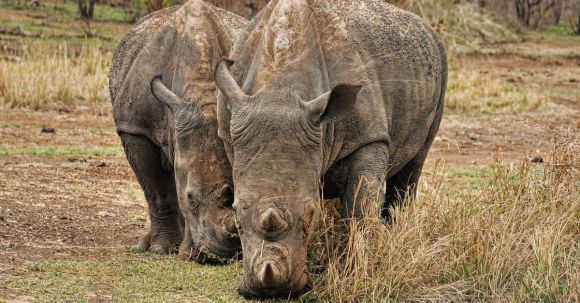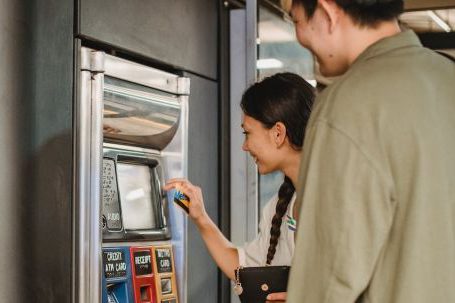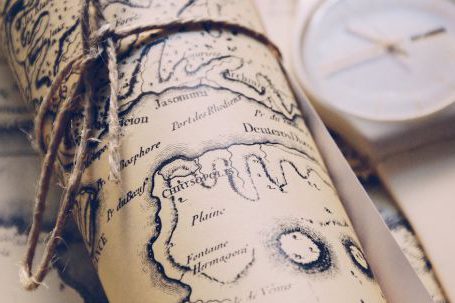Preserving the diversity of wildlife is crucial in maintaining the delicate balance of our ecosystems and protecting our natural heritage. As human activities continue to encroach upon natural habitats, the need for wildlife conservation has become more pressing than ever before. This article explores the importance of wildlife conservation and the various methods used to protect and preserve these precious species.
Understanding the Importance of Wildlife Conservation
Wildlife plays a vital role in our environment. From pollination to pest control, animals contribute to the overall health and functioning of ecosystems. Moreover, many species serve as indicators of the overall health of an ecosystem. By monitoring their populations and habitats, scientists can gain valuable insights into the state of our environment.
Preserving Biodiversity
One of the primary reasons for wildlife conservation is to protect biodiversity. Biodiversity refers to the variety of living organisms found in a particular habitat or on Earth as a whole. Each species, no matter how small or seemingly insignificant, plays a unique role in maintaining the balance of ecosystems. By conserving wildlife, we can ensure the preservation of biodiversity for future generations.
Habitat Conservation
Protecting natural habitats is essential for the survival of wildlife. Human activities such as deforestation, urbanization, and pollution have significantly impacted many ecosystems, leading to the loss of habitats for numerous species. To address this, conservation efforts focus on the establishment and management of protected areas, such as national parks and reserves. These areas provide a safe haven for wildlife and allow for the restoration and regeneration of their habitats.
Endangered Species Protection
Another critical aspect of wildlife conservation is the protection of endangered species. Endangered species are those that are at risk of extinction due to various factors, including habitat loss, overhunting, and climate change. Conservation organizations and governments work together to implement measures to protect these species, such as implementing breeding programs, creating protected areas, and enforcing anti-poaching laws.
Sustainable Resource Management
Wildlife conservation also involves the sustainable management of natural resources. This includes practices such as sustainable hunting and fishing, responsible logging, and the promotion of sustainable agriculture. By ensuring that these resources are used in a way that does not deplete or harm wildlife populations, we can maintain the delicate balance between human needs and the needs of wildlife.
Community Involvement and Education
Effective wildlife conservation requires the involvement of local communities. By engaging and educating communities about the importance of conservation, we can foster a sense of stewardship and ownership over the natural resources in their area. This can lead to the development of sustainable livelihoods that are compatible with wildlife conservation, such as ecotourism or sustainable agriculture practices.
The Role of Technology in Wildlife Conservation
Advancements in technology have revolutionized wildlife conservation efforts. From satellite tracking devices to DNA analysis, these tools have greatly enhanced our ability to monitor and protect wildlife populations. Drones, for example, are now being used to track poachers and survey hard-to-reach areas. Additionally, citizen science initiatives and mobile apps allow individuals to contribute to conservation efforts by reporting sightings and collecting data.
Conclusion: Protecting our Natural Heritage
Wildlife conservation is not only essential for the survival of countless species but also for the health and well-being of our planet as a whole. By preserving biodiversity, protecting habitats, and implementing sustainable practices, we can ensure the long-term survival of our natural heritage. However, the responsibility does not solely lie with governments and conservation organizations. Each and every one of us has a role to play in protecting and preserving our wildlife for future generations. Together, we can make a difference and safeguard the incredible diversity of life on Earth.



